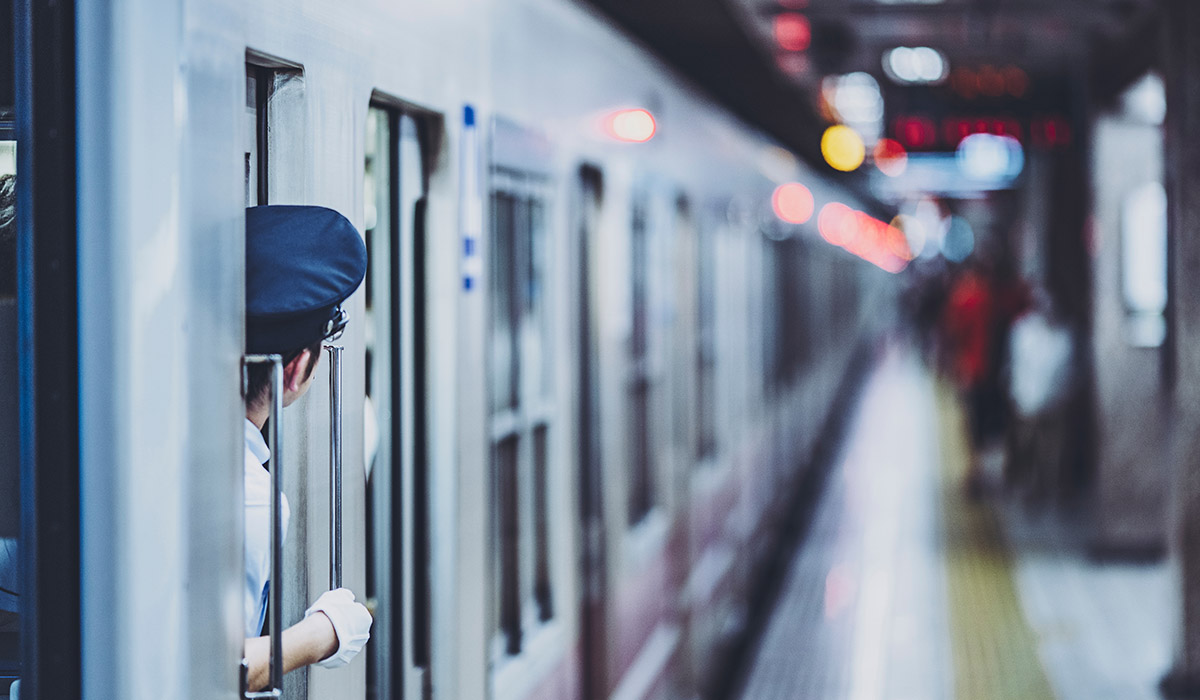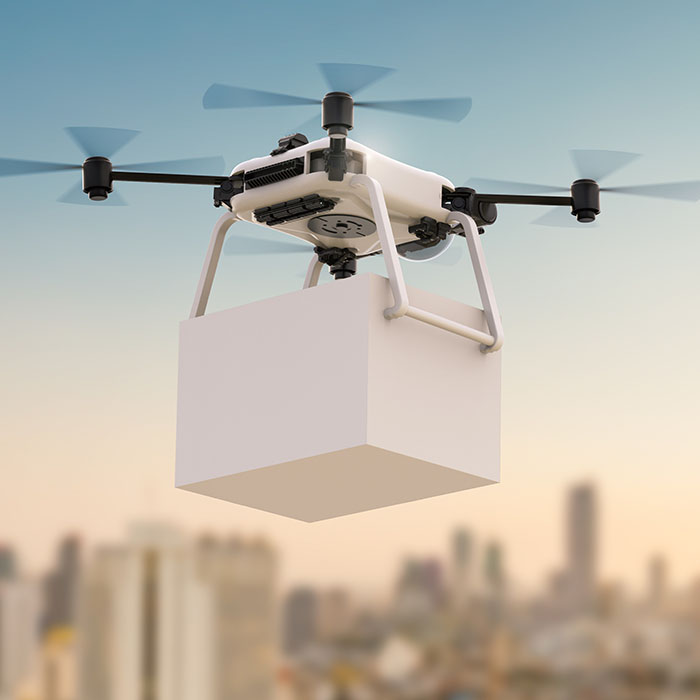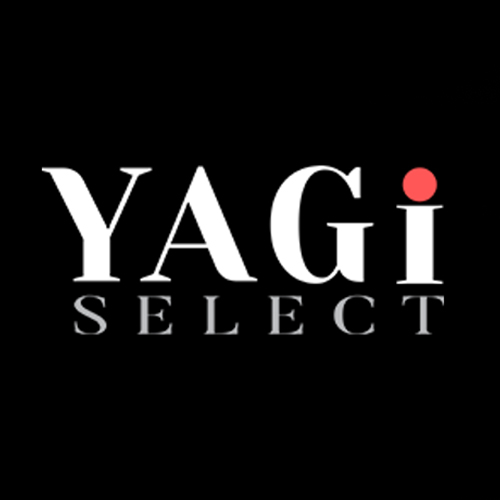May 27, 2024
“Japanese-style” Subway from Jakarta

Sumitomo Mitsui Construction, renowned for its expertise, is leading the construction of the subway system. This project, which will involve approximately 500 people, including workers from local construction companies, is a testament to the unique knowledge and skills that Japan is sharing with Indonesia. As the only subway system in Indonesia, the MRT, lacks local companies with expertise in high-quality tunneling, Mototaka Morota, the head of the Jakarta MRT work station, is diligently ensuring that only Japan can pass on quality and safety construction techniques to this country, a privilege that sets this project apart.
In 2019, MRT inaugurated the first section of the "North-South Line" with support from Japan. This line connects the "Bundaran HI Station," a hub for commercial and other facilities in central Jakarta, to the residential southern part of the city, spanning 15.7 kilometers. While local companies manage the operation, Japan facilitated a comprehensive technology transfer from construction to operation and maintenance. This marks the first "All-Japan" subway export in Southeast Asia.
Redevelopment along the rail line will bring future revitalization. The Japan International Cooperation Agency (JICA) has proposed a station-centered town development similar to Japan's. The goal is to create a city where public transportation is easy to use, taking inspiration from terminal stations such as Shinjuku in Tokyo and along the Tokyu Denentoshi Line.
ODA-funded rail export projects to emerging countries often involve unexpected events. Improving the accuracy of process and cost management in this context would be an excellent opportunity to showcase Japanese-style infrastructure development to the world.








